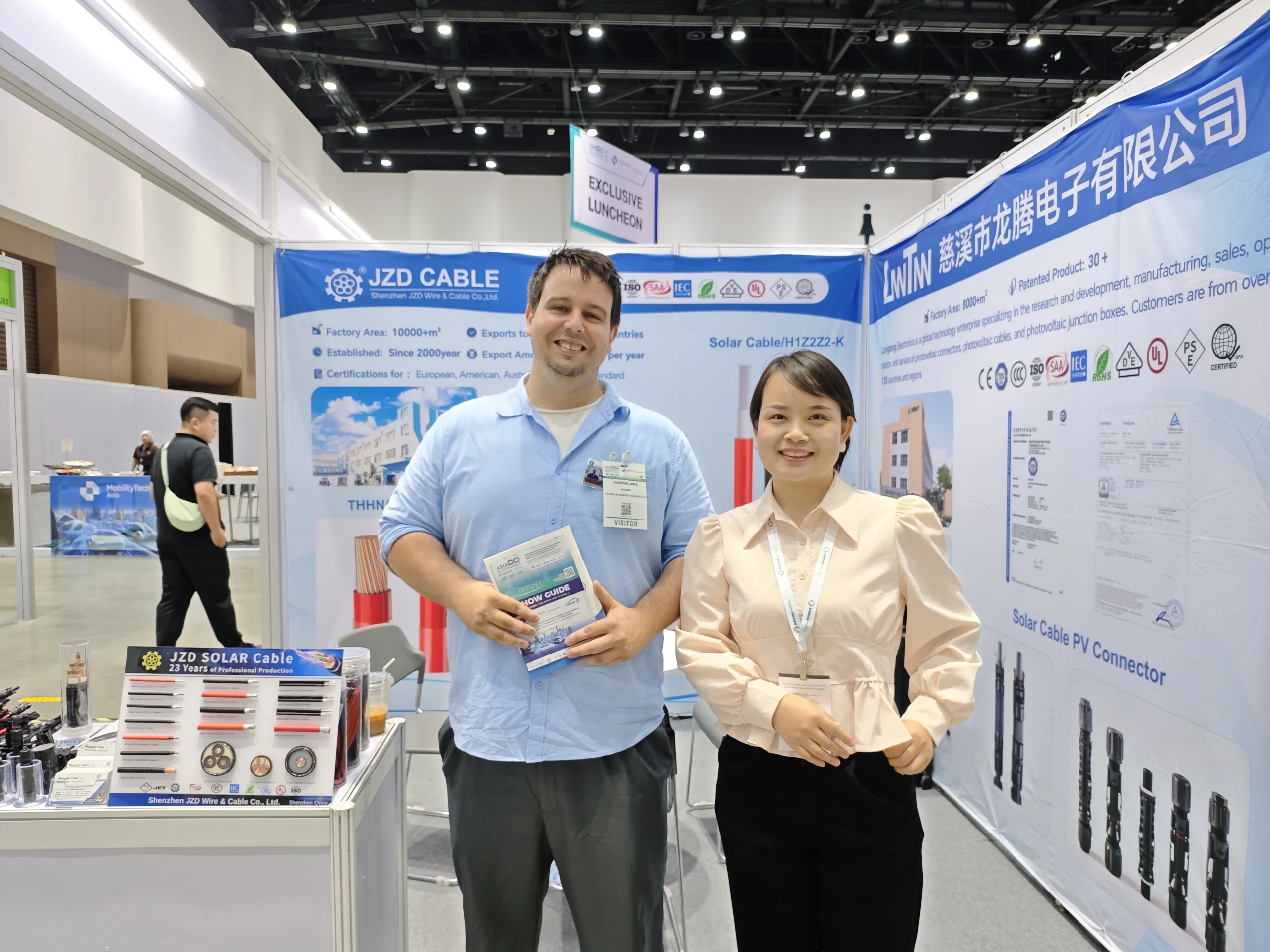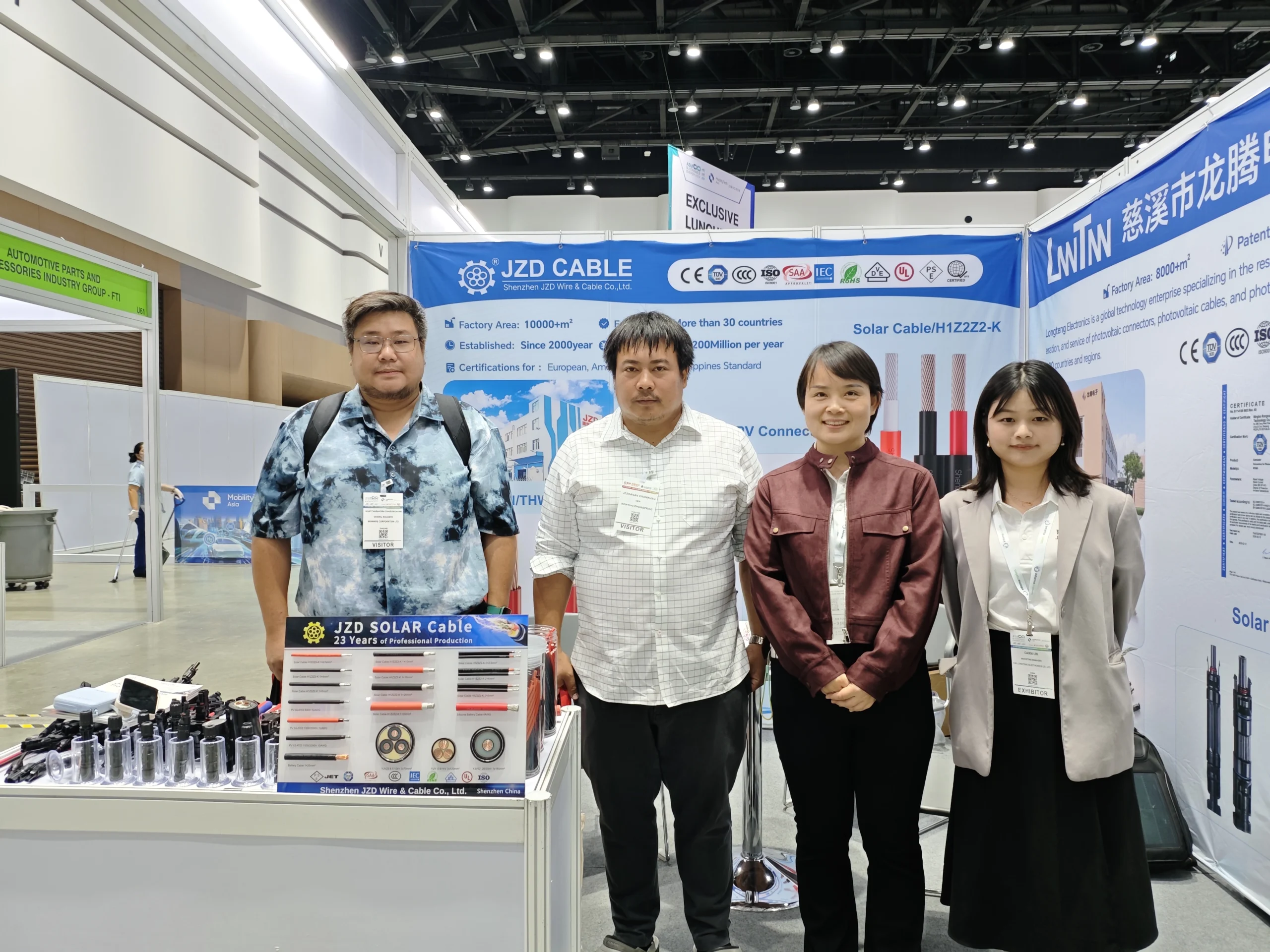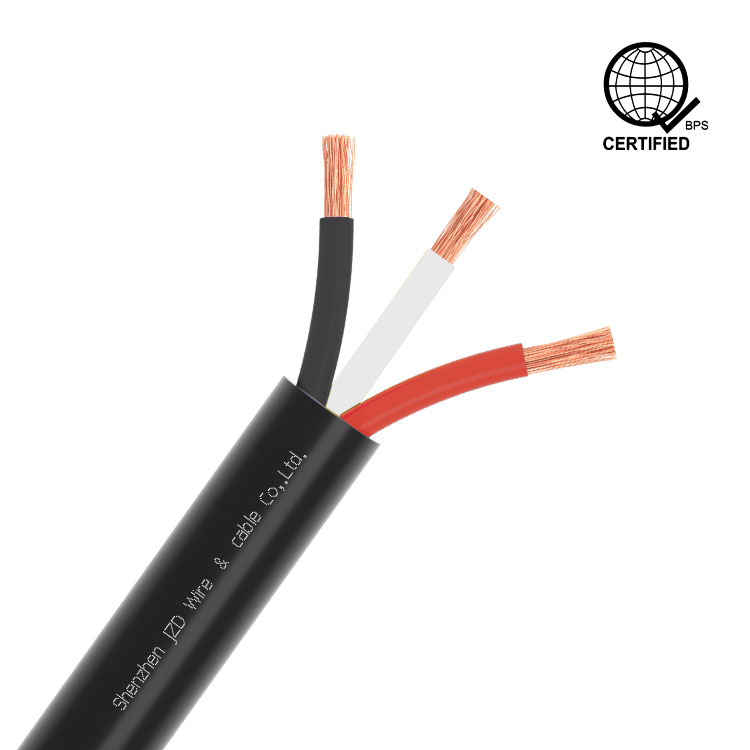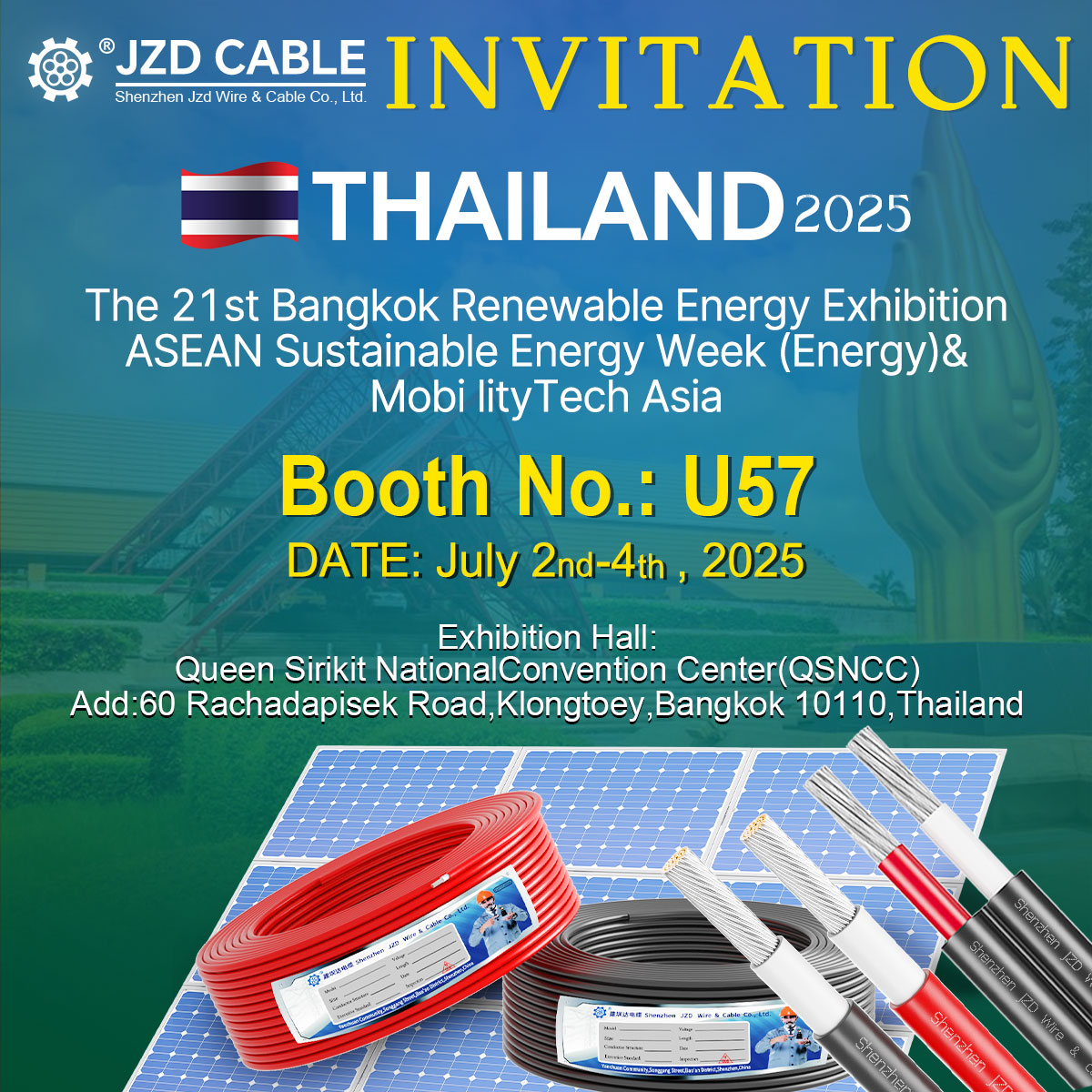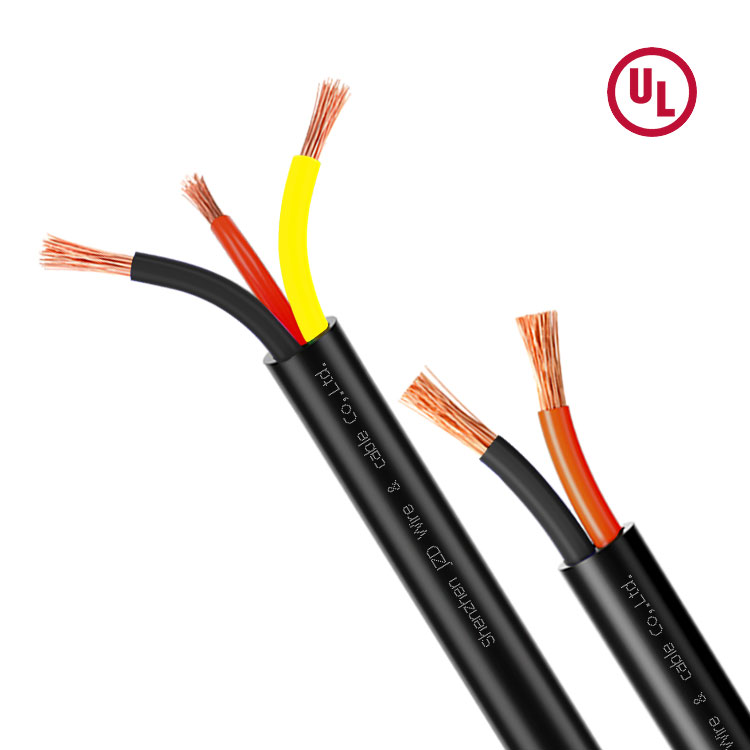The ASEAN Sustainable Energy Week 2025 in Bangkok concluded with resounding validation of JZD Cable’s commitment to solving real-world solar installation challenges and showing unique solar solutions . At Booth U57, we pivoted from traditional product displays to a technical demonstration hub, tackling three persistent regional pain points: connector failure in high-mating-frequency maintenance, counterfeit certification risks in humid climates, and costly cable-sizing miscalculations.
Confronting Connector Durability Demands
When a Vietnamese installation partner revealed recurring connector failures after 500 manual mating cycles in solar farms, we responded immediately with on-site validation. Using a Mark-10 M3-012 insertion force tester, our engineers executed 800 consecutive insertions and extractions of our TÜV-certified MC4-EVO connectors – exceeding IEC 60364 standards by 60%. The test confirmed stable contact resistance (≤0.3mΩ) and minimal force decay (<8%), leading SolarTech VN to order 2,000 units for a critical 12MW coastal project in Da Nang. “Replacing connectors wastes 30% of our maintenance budget,” observed a Thai EPC engineer reviewing the test. “Surviving 800 cycles means real cost savings.”
Exposing Certification Shortcuts Through Accelerated Aging Tests
Amid rampant counterfeiting in Indonesia’s solar market, we ran parallel environmental tests comparing our TÜV-certified solar cables against uncertified alternatives. Under controlled 85°C/85% humidity conditions simulating monsoon climates, our samples maintained insulation resistance above 5GΩ after 168 hours, while generic cables failed within 72 hours. In a complementary salt-spray test (5% NaCl solution), our connectors retained IP68 integrity for seven days – a threshold cheaper alternatives breached in 48 hours. Seventeen regional contractors used our QR verification portal to authenticate TÜV certificates during the exhibition, turning skepticism into procurement decisions.
Intercepting Costly Design Errors
One pivotal intervention occurred when a Malaysian contractor admitted overspecifying 6mm² cables for short residential string runs. Our team quickly calculated comparative line losses (0.51% vs. 0.38% for 4mm²), demonstrating with an IV curve tracer that power loss differences remained under 0.8%. This translated to 0.14 per watt saved–arevelation prompting three contract or store vise project designs immediately,collectively avoiding 86,000 in unnecessary costs. The session reinforced how empirical data beats spreadsheet assumptions.
Tangible Outcomes Grounded in Engineering Integrity
These lab-grade demonstrations yielded concrete commercial traction: three new distributor agreements were signed with modified low-MOQ terms (50 cable reels + 500 connectors), enabling smaller Southeast Asian installers to access certified products. Most significantly, 83% of technical discussions centered on verifying certification validity and test methodology – proof that trust in renewables infrastructure remains rooted in verifiable performance, not marketing claims.
Looking Ahead: Precision Over Promises
JZD Cable will deploy field insights into Q3 product refinements, including anti-fungal jacketing additives for Thai wetlands and tool-less MC4 connectors to slash installation time. We’re developing regional testing centers in Vietnam and Thailand to replicate monsoon conditions, ensuring every cable meets what engineers experience offshore, on rooftops, and within solar farms. As one Indonesian procurement manager noted, “ASEAN’s solar boom runs on two currencies: sunlight and reliability.” We’re engineering both.
